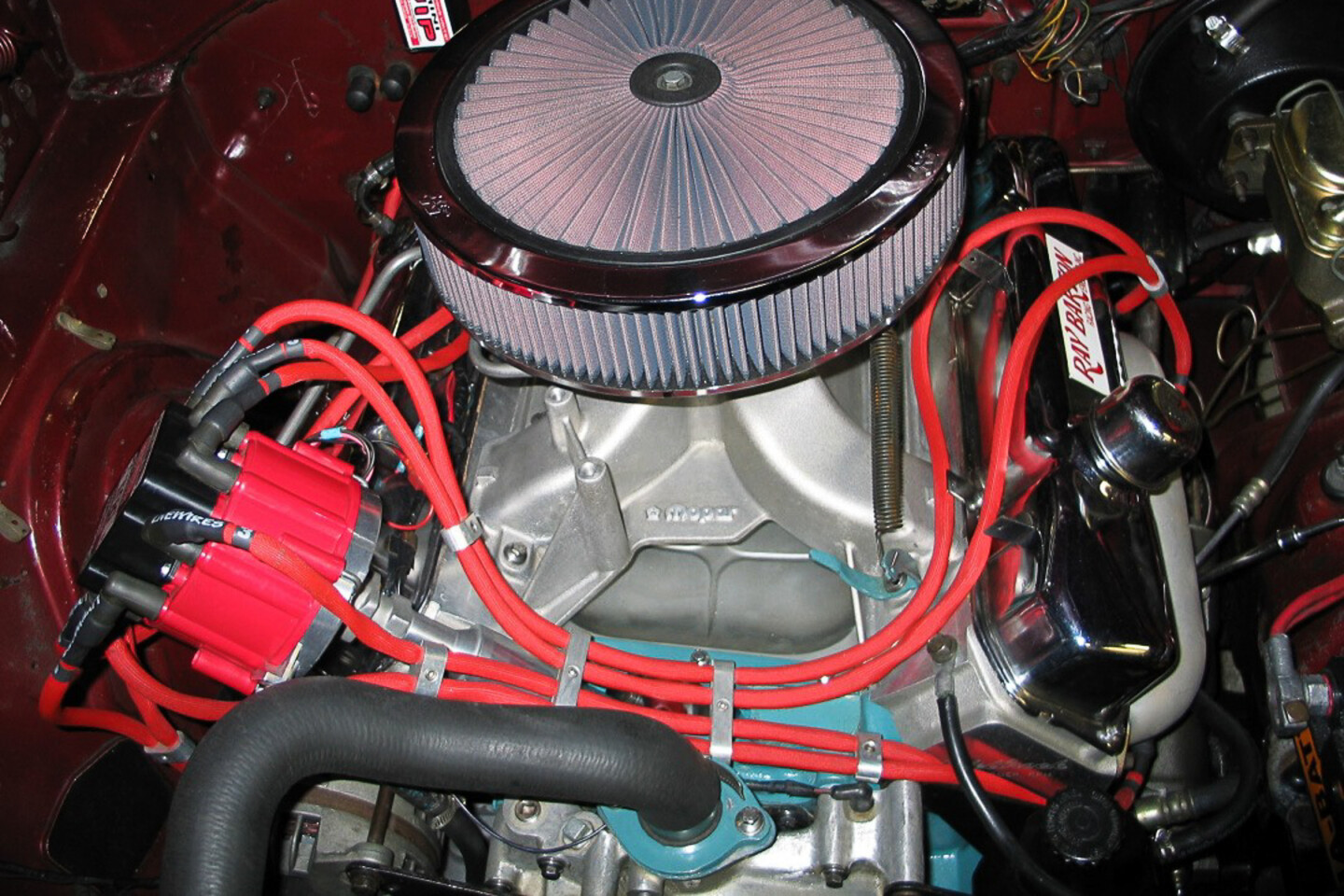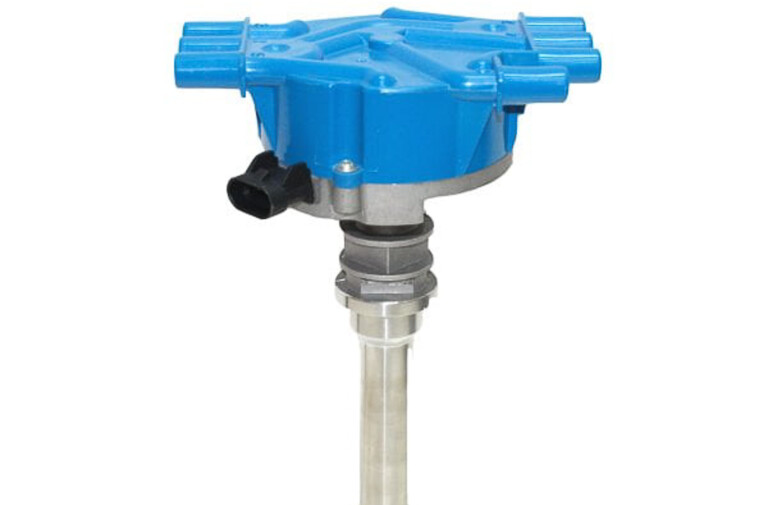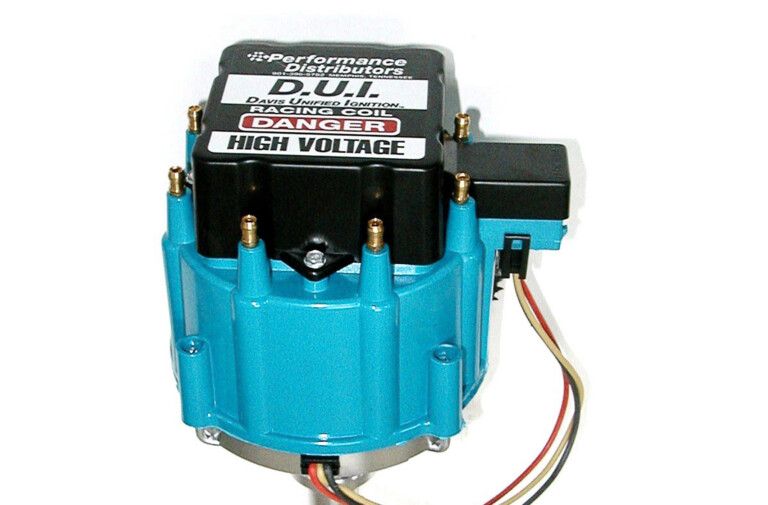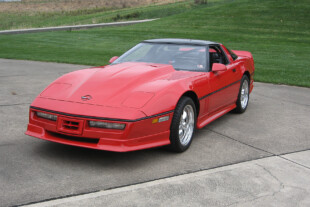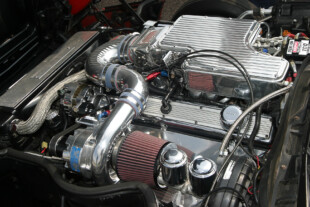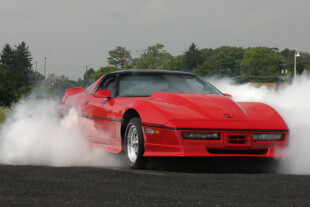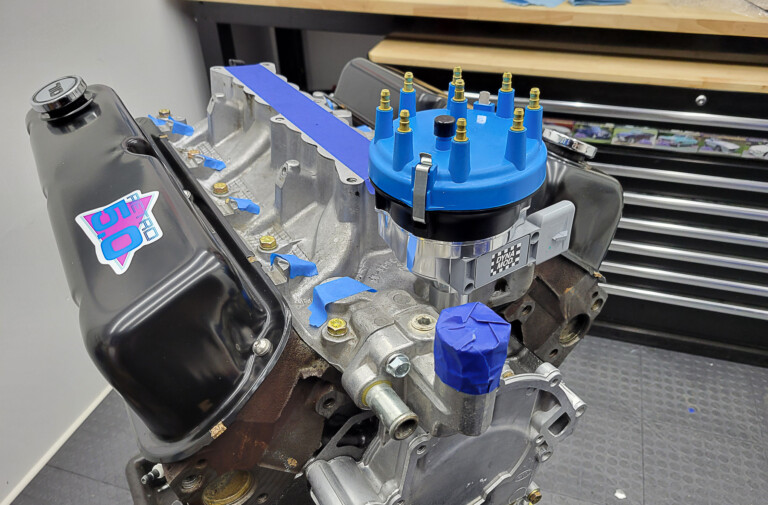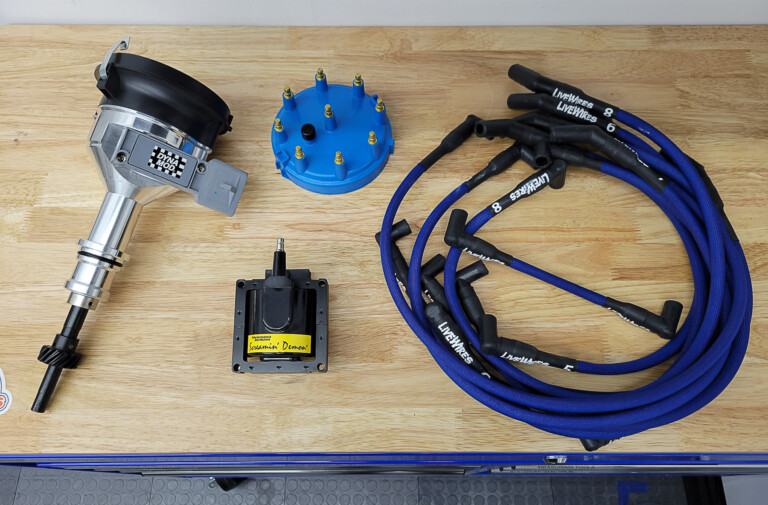Fuel, air, and spark make an engine work, and you need the right balance of these three components if you want to maximize horsepower. So, if you’re going to introduce more air via a power adder, you need to also add more fuel and spark. In this article, we’re going to cover why it’s important to have an ignition system that can support a power adder.
It’s almost too easy for anyone to add a power adder to their engine these days. That ease of use has opened the door for people to forget that other things need to be upgraded when you bolt on a power adder, like the ignition system. It doesn’t matter if you’re trying to spray the house down with nitrous, or attempting to cram large amounts of air into an engine via forced induction, you need to have plenty of spark to light off the combustion process.
Power Adder Ignition System Basics
Ignition upgrades can be easy to overlook during the excitement of an engine build. You can throw a lot of money at different areas of a build, but if you don’t solidify the foundation of the engine, it won’t do you much good.
Brian Caruth from Performance Distributors speaks to why it’s important to make sure your power adder build’s ignition is ready for what you’re going to throw at it.
“The stock distributor that people might decide to repurpose ends up restricting their build from maximizing its performance. An ignition system with a timing curve matched to the new engine components, along with increased spark intensity is vital for the build to be complete. You’re never going to make the power you think you should make without the right ignition system.”
It doesn’t matter if you have a naturally aspirated engine, or an engine with a power adder, both will benefit from an ignition system that can provide more spark. Now, while both engines love to be fed more spark, there is a difference in how they like that spark to be delivered.
An upgraded ignition is going to give you the power and range of adjustments needed for a power adder.
“The difference between a naturally aspirated engine and an engine with a power adder lies within the timing curve. Engines with power adders require less total timing, along with a delayed RPM rate at which the advance increases. Naturally aspirated engines benefit from a quicker advance with more timing to increase performance due to the cylinder pressures being much lower compared to engines with power adders,” Caruth states.
Upgrading to a high-performance distributor provides a performance-tuned timing curve that optimizes engine performance through acceleration up to the maximum RPM. – Brian Caruth, Performance Distributors
So, let’s dive into why a power adder engine’s ignition system needs to be strong. Stock or mildly built naturally aspirated engines don’t have the same level of violence in the combustion chamber as an engine that’s being fed nitrous or boost. An engine with a power adder must consume more fuel and spark to keep up with all the extra air that’s being shoved into the cylinder. That extra air isn’t being introduced in a gentle way, as it still only has the same amount of time to fill the cylinder.
“When a power adder is thrown into the mix, the timing curve and spark output are not designed to work with the increased cylinder pressure. Under boost, there is the tendency to blow out the spark if the gaps are set too wide and/or the voltage output is weak. Too much timing will cause pre-ignition to the point mechanical failure is imminent. The distributor’s timing curve must be adjusted properly to compensate for the boost,” Caruth says.
A distributor that uses a mechanical advance ignition typing control mechanism can be adjusted for a power adder application. The mechanical advance system uses weights that are pushed out as RPM increases thanks to centrifugal force. This movement of the weights causes the distributor’s trigger mechanism to rotate and trigger the ignition quicker. If your engine isn’t boosted, you’d typically dial the advance back since the amount of boost you’re shooting for determines how much timing you’ll advance would need.
The proper ignition for a boosted application will make sure you can turn tires into smoke without any performance issues.
“The rate at which the mechanical weights advance is slower compared to naturally aspirated so as to not bring in too much timing too soon as boost is increasing. Along with having the correct timing curve, the spark output has to be strong enough to fire the plug under the intense pressure,” Caruth adds.
We’ve covered boost, but what about an engine that’s huffing copious amounts of nitrous oxide? According to Caruth, a nitrous engine has similar needs as a boosted mill.
“The same principles apply to a nitrous-injected engine as a boosted engine. A timing curve tuned for the amount of nitrous is vital, along with a high-voltage spark strong enough to keep the plugs firing as RPMs and cylinder pressures increase. Depending on the horsepower rating of the nitrous kit, the distributor’s centrifugal advance must be tuned accordingly to compensate for the level of cylinder pressure.”
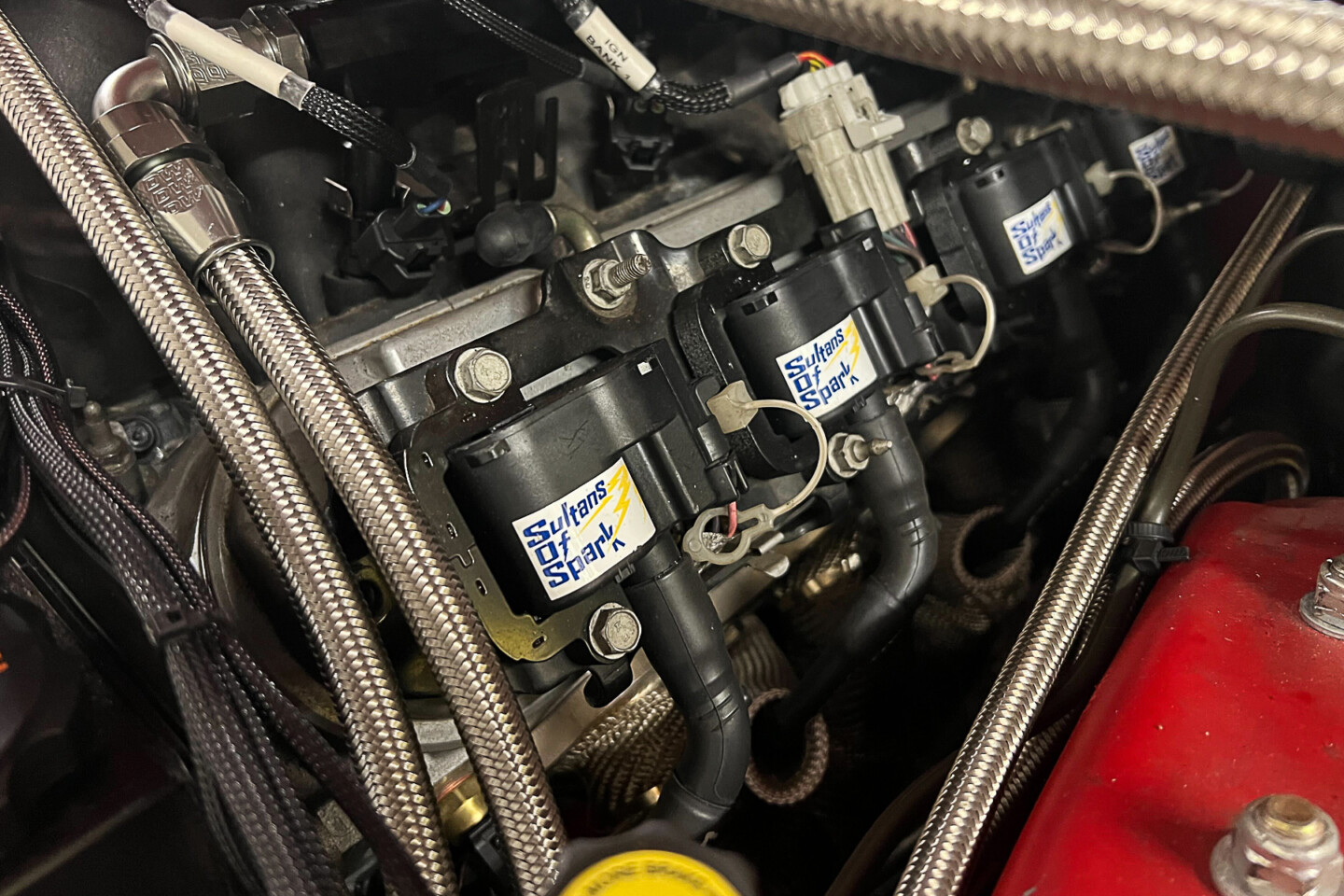
If you’re not running a distributor you still need to make sure the coils you use can handle a power adder. We upgraded the coils on Project Red Dragon to handle the big single turbo we’re using.
If you’re running an engine that uses coils rather than a distributor, the same concepts apply. Instead of using a mechanical advance in the distributor, you’re going to make adjustments to the timing inside the ECU’s software. The coils need to be upgraded so the right amount of spark can be provided and handle what you’re going to throw at it.
What You Need To Upgrade And Why It’s Important
The ignition system’s job is to ignite the fuel that’s entered the combustion chamber and ensure it’s generating as much energy as possible. A power adder really increases the demand on the ignition system, and typically that means you need to upgrade the OEM system or add more power to the system you’re currently using. For both ECU and non-ECU controlled systems that means a more powerful distributor is needed, or on a late model vehicle without a distributor, you’ll need stronger coils.
You also need to make sure your plug wires can deliver the power you're new ignition is going to dish out.
Caruth explains why it’s critical to upgrade these parts for a power adder application when you’re using a distributor.
“A high voltage coil is essential to complete the combustion process with the highest efficiency. Increasing the voltage output yields more spark energy at the plug. Not only do we want intense sparks reaching the plug, but holding it at the air gap for two to three degrees longer in the crankshaft rotation is beneficial. This is accomplished by utilizing a module with heightened dwell. All of these components work together to place an intense spark at a precise time, maximizing ignition performance.”
These same principles apply to a distributorless ignition system. You need a coil that’s going to crank out a hotter spark that can light off the additional air and fuel inside the combustion chamber. Spark plug wires really become important with a distributorless system because you need to transfer all that power efficiently and effectively to the spark plugs.
A high voltage coil is essential to complete the combustion process with the highest efficiency. Brian Caruth, Performance Distributors
Caruth has some final thoughts for those who are trying to build an ignition system for a power-adder engine that will make life easier in the long run.
“First and most importantly, having the ignition system tuned for the power adder being used is critical. Second, the electronic components are important. A steady spark is a must for the intense cylinder pressure produced by the power adder. Third, quality plug wires are mandatory. Stock replacement or low-budget wires will defeat the purpose of having a high voltage spark and performance will suffer.”
The right ignition system is a vital component of an engine that’s using a power adder. Upgrading your engine’s ignition will not only ensure it won’t struggle with your power adder of choice, it optimizes how much horsepower it can make and ensure it runs properly.

